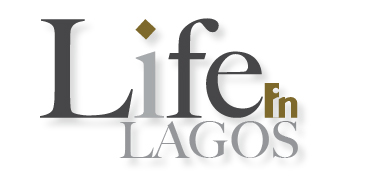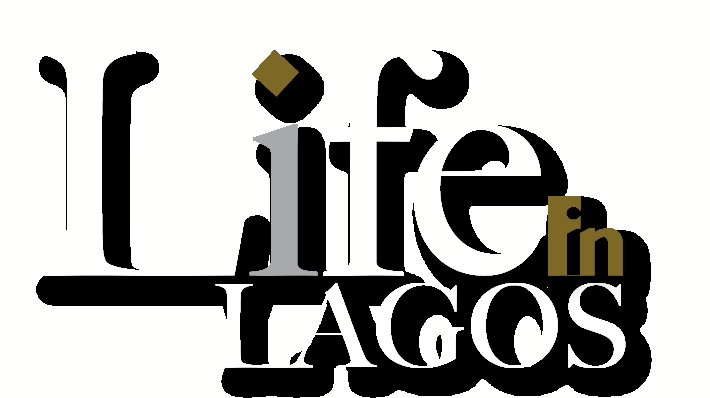In economies where the prices of everyday essentials often mirror the overall financial climate, garri serves as a crucial economic barometer. This staple food, deeply rooted in Nigerian culture, has recently seen a notable decline in cost. This price drop corresponds with the Federal Government’s persistent initiatives to tame inflation and foster economic steadiness.
This analysis delves into the underlying causes of the recent garri price reduction, exploring the interplay between local market dynamics and national economic policies. Key contributors include a bountiful harvest season, streamlined distribution networks, and evolving production expenses. These factors coincide with government strategies designed to ease inflationary pressures. Additionally, perspectives from prominent trading hubs, shifts in consumer purchasing habits, and the question of whether this price decline signals a temporary reprieve or a lasting economic adjustment are examined.
More than just a dietary mainstay, the fluctuation in garri prices prompts a critical inquiry: can lowering the cost of such a fundamental commodity help anchor inflation expectations and bolster wider disinflation efforts? As prices stabilize and policy interventions take effect, garri emerges not only as a dietary necessity but also as a significant economic indicator.
Garri Price Decline Reflecting Federal Government’s Inflation Target Progress: Key Drivers, Regional Dynamics, Consumer Strategies, and Policy Interventions
The recent drop in garri prices signifies a pivotal achievement as the Federal Government progresses toward its inflation reduction goals, underscoring a comprehensive strategy for economic resilience. This positive development stems from a combination of focused policy actions such as enhancing supply chain efficiency and boosting agricultural productivity, alongside regional realignments where surplus-producing zones effectively supply areas facing shortages. Furthermore, practical approaches embraced by consumers and vendors-such as bulk buying and reducing spoilage-have played a vital role in keeping prices accessible. The main factors driving this market shift include:
- Subsidies from the government that lower processing expenses.
- Upgraded transport infrastructure easing distribution bottlenecks.
- Local farming cooperatives facilitating direct farm-to-market sales.
| Region | Previous Garri Price (₦) | Current Garri Price (₦) | Percentage Change |
|---|---|---|---|
| South West | 400 | 320 | -20% |
| North Central | 420 | 350 | -16.7% |
| South East | 450 | 360 | -20% |
As the government refines its inflation management tactics, these price shifts not only enhance household purchasing power but also establish a scalable model for fostering equitable economic development across Nigeria’s diverse regions.


















0 Comments